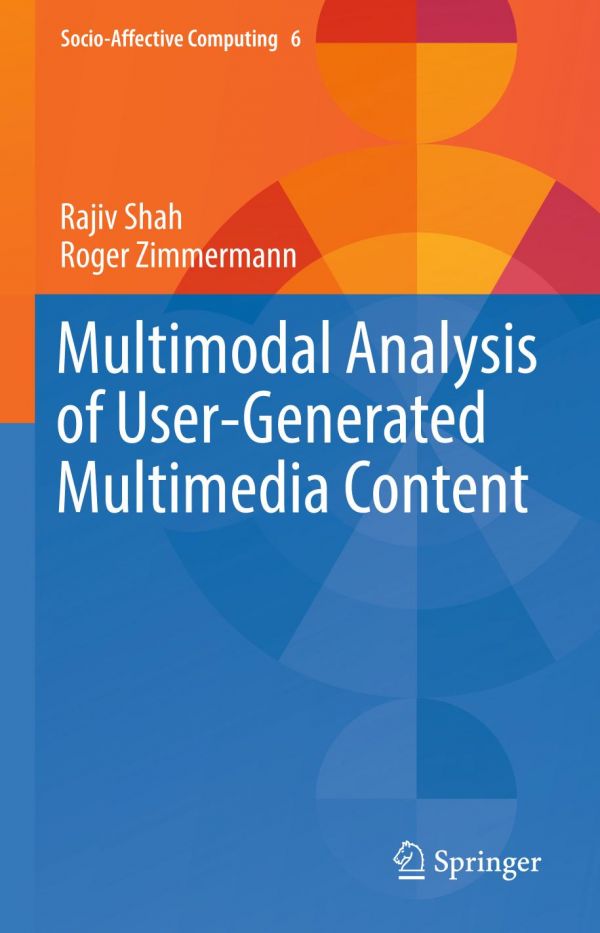

Most ebook files are in PDF format, so you can easily read them using various software such as Foxit Reader or directly on the Google Chrome browser.
Some ebook files are released by publishers in other formats such as .awz, .mobi, .epub, .fb2, etc. You may need to install specific software to read these formats on mobile/PC, such as Calibre.
Please read the tutorial at this link: https://ebookbell.com/faq
We offer FREE conversion to the popular formats you request; however, this may take some time. Therefore, right after payment, please email us, and we will try to provide the service as quickly as possible.
For some exceptional file formats or broken links (if any), please refrain from opening any disputes. Instead, email us first, and we will try to assist within a maximum of 6 hours.
EbookBell Team

4.0
26 reviewsReaders will discover how the derived knowledge structures from multimodal information are beneficial for efficient multimedia search, retrieval, and recommendation. However, real-world UGC is complex, and extracting the semantics and sentics from only multimedia content is very difficult because suitable concepts may be exhibited in different representations. Moreover, due to the increasing popularity of social media websites and advancements in technology, it is now possible to collect a significant amount of important contextual information (e.g., spatial, temporal, and preferential information). Thus, there is a need to analyze the information of UGC from multiple modalities to address these problems.
A discussion of multimodal analysis is presented followed by studies on how multimodal information is exploited to address problems that have a significant impact on different areas of society (e.g., entertainment, education, and journalism). Specifically, the methods presented exploit the multimedia content (e.g., visual content) and associated contextual information (e.g., geo-, temporal, and other sensory data). The reader is introduced to several knowledge bases and fusion techniques to address these problems.
This work includes future directions for several interesting multimedia analytics problems that have the potential to significantly impact society. The work is aimed at researchers in the multimedia field who would like to pursue research in the area of multimodal analysis of UGC.